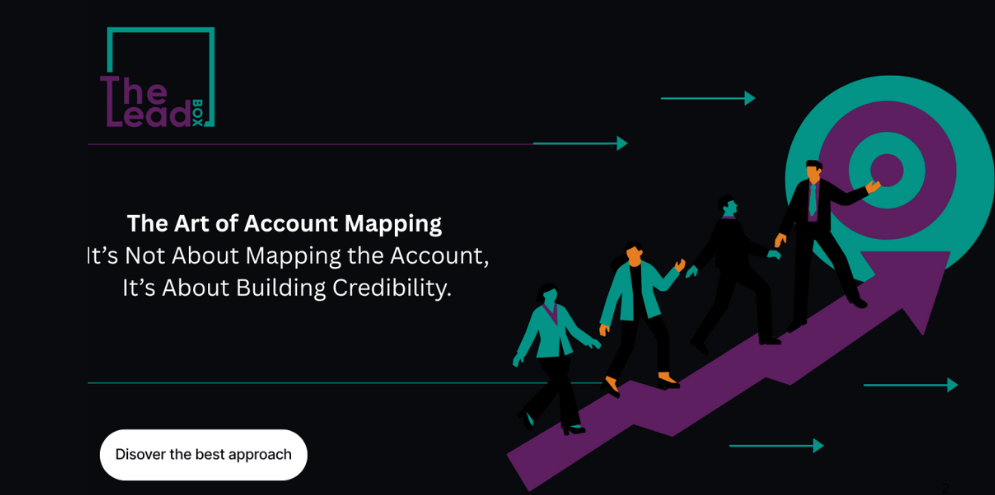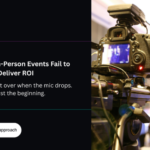In B2B sales and marketing, we often throw around terms like account mapping as if they’re simply technical steps in a strategy. But account mapping, when done with true intent, is far more than charting out contacts within an organization. It is a deep, structured approach to understanding an account’s internal ecosystem, discovering where influence lives, and, most importantly, building credibility across the organization.
More Than Just Names and Titles
Traditional account mapping often focuses on identifying decision-makers, influencers, and gatekeepers. While this is a good starting point, it leaves out critical layers, the processes, the pain points, the cross-functional dependencies, and most importantly, the context behind every role.
Real account mapping is about identifying how departments operate, how they’re measured, where their challenges lie, and what interdependencies exist across marketing, sales, operations, procurement, and more.
Why This Matters
In modern B2B organizations, buying decisions are rarely made in silos. An IT solution might need the buy-in of finance. A marketing tool might require approval from operations. A procurement team might silently dictate how the solution will be rolled out, even if they’re not the primary end-users.
Without understanding these connections, you risk building relationships with the wrong people or offering solutions that only scratch the surface.
Building Credibility Across the Account
Here’s where the real art comes in: Credibility. Mapping the account gives you a Structure; Building Credibility gives you access.
Instead of focusing solely on “Who’s the decision-maker?”, ask:
- Where are the inefficiencies in their current processes?
- Which departments are under pressure to deliver more with less?
- Which marketing channels are leaking budget without ROI?
- Are operational workflows aligned with business goals, or fragmented by legacy practices?
Once you understand these layers, your outreach, your strategy, and your value proposition become far more relevant and trusted.
Account Mapping as a Bridge to Strategic Problem Solving
True account mapping should serve a broader objective: To identify opportunities for process improvement, communication alignment, and cross-functional synergy.
For example:
- You might find that the marketing team is struggling with fragmented data across platforms; that’s not just a martech problem; it’s a data operations challenge involving IT.
- The sales team might be missing their targets due to disjointed messaging, which opens the door for branding or content realignment.
- Operations might be overwhelmed with manual processes; your solution could automate or integrate these steps.
Suddenly, you’re not selling a tool. You’re solving real, cross-departmental problems, and that earns you trust.




